Manhattan Weather: When Is The Best Time To Visit?
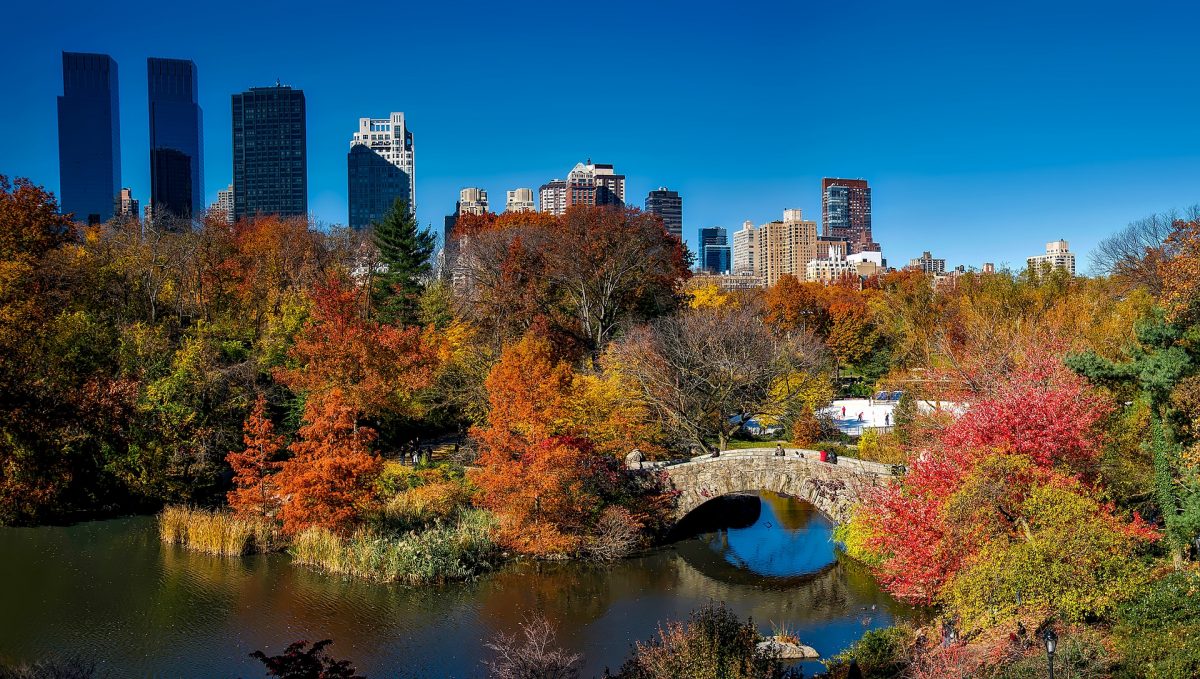
You’ll always have good weather in Manhattan, New York. You may wish to jump into the skin of the Gossip Girl characters, see how the Knicks play basketball or stretch your neck trying to observe the skyline.
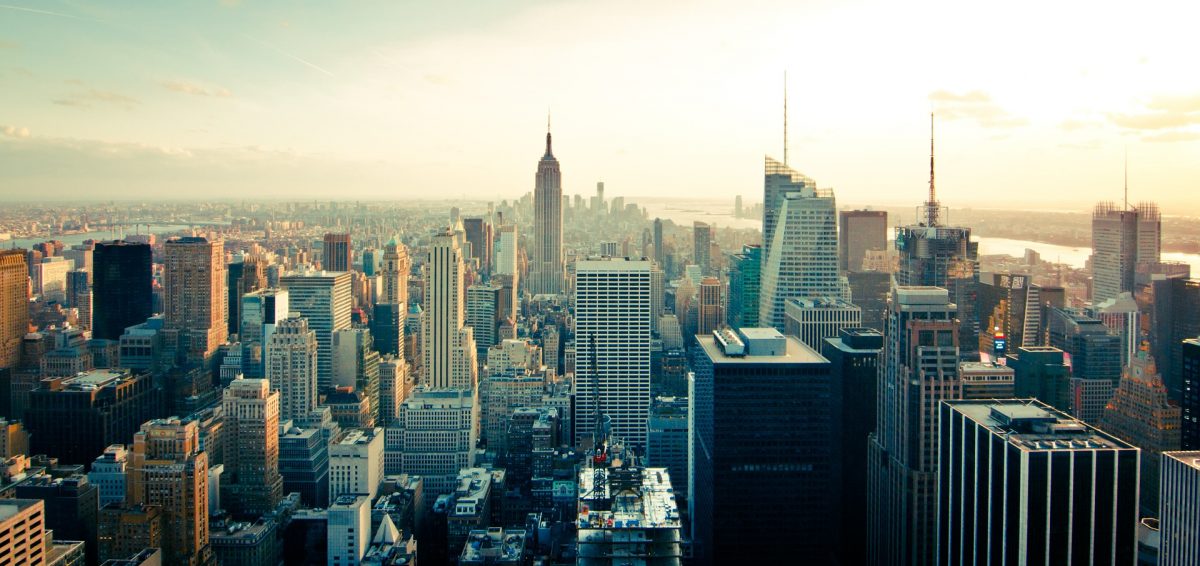
Photo from Pixabay
Given that you’re a gourmand, you may check out dozens of international cuisines without leaving Manhattan. Travelers devoted to the art scene will have a great time doing a Broadway-theater hopping. Explorers will wear out the soles of their shoes while touring renowned Manhattan museums.
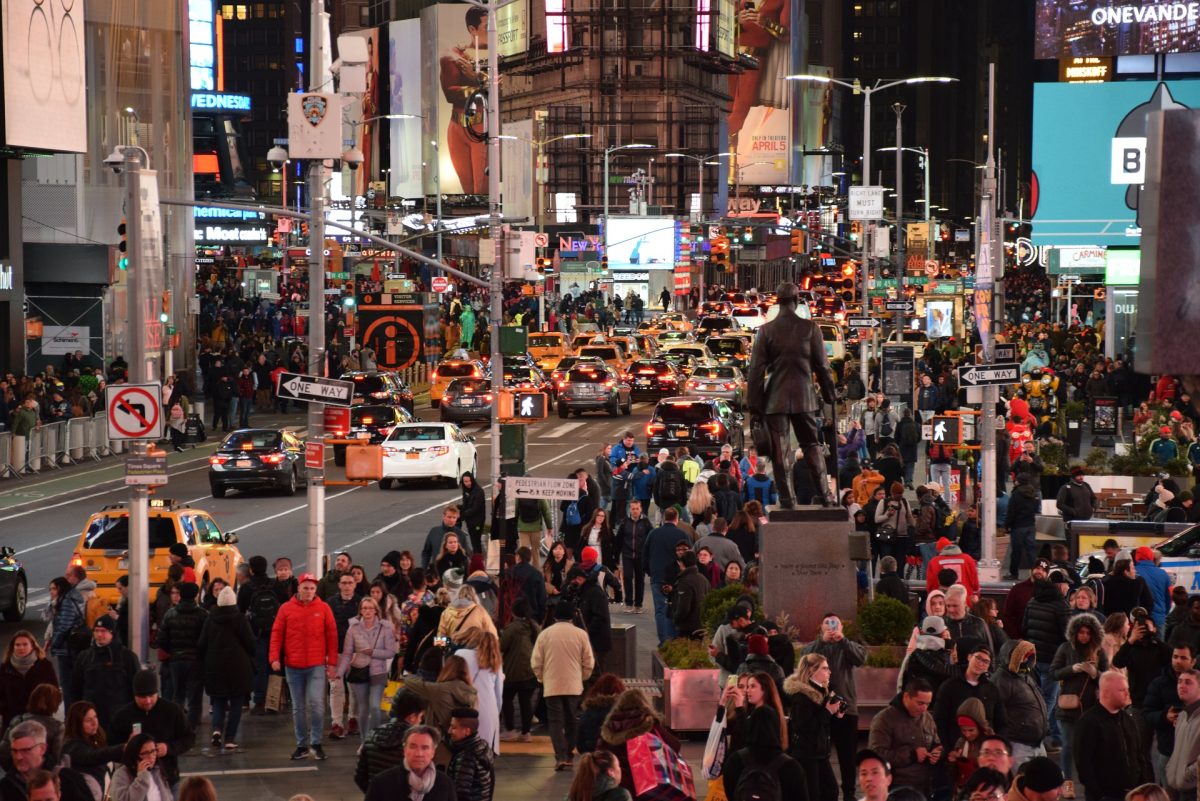
Photo from Pixabay
If you think you have enough time, try to fit shopping, picnicking in Central Park, and climbing Manhattan skyscrapers into the itinerary. It’s very likely that you won’t know where to turn your head once you’re here. Nonetheless, it won’t stop you from having a great time on this island of New York no matter the season.
1.
What’s The Weather Like In Manhattan, New York?
The climate of Manhattan and New York is continental, with moderately cold winters and hot summers. Nevertheless, weather conditions tend to change suddenly, not only from this day to the next but in a matter of hours. So, be ready for unexpected changes of weather regardless of the season.
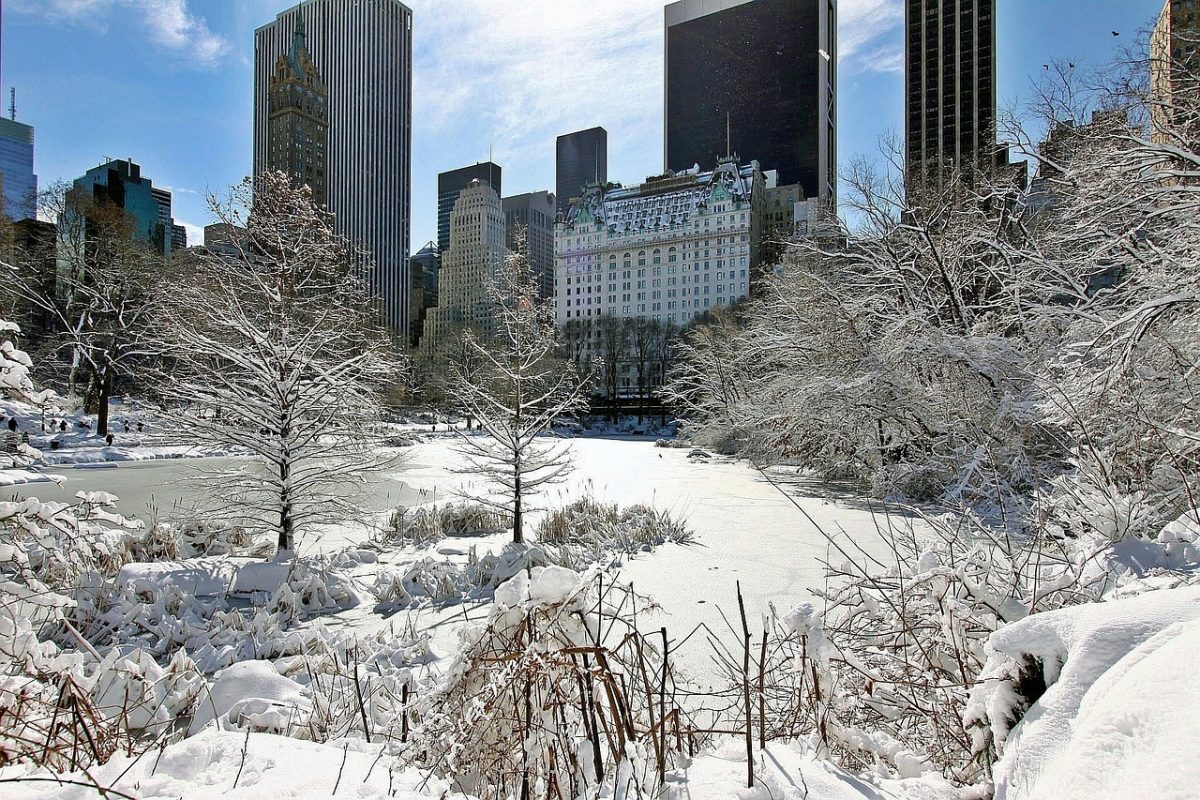
Photo from Pixabay
When consulting weather averages for Manhattan, don’t let those mislead you. Average air temperatures in winter, for example, may vary between just below the freezing point and 5°C/41°F. Sudden temperature drops (down to -15°C/14°F), however, may make you feel like you’re halfway to the Arctic.
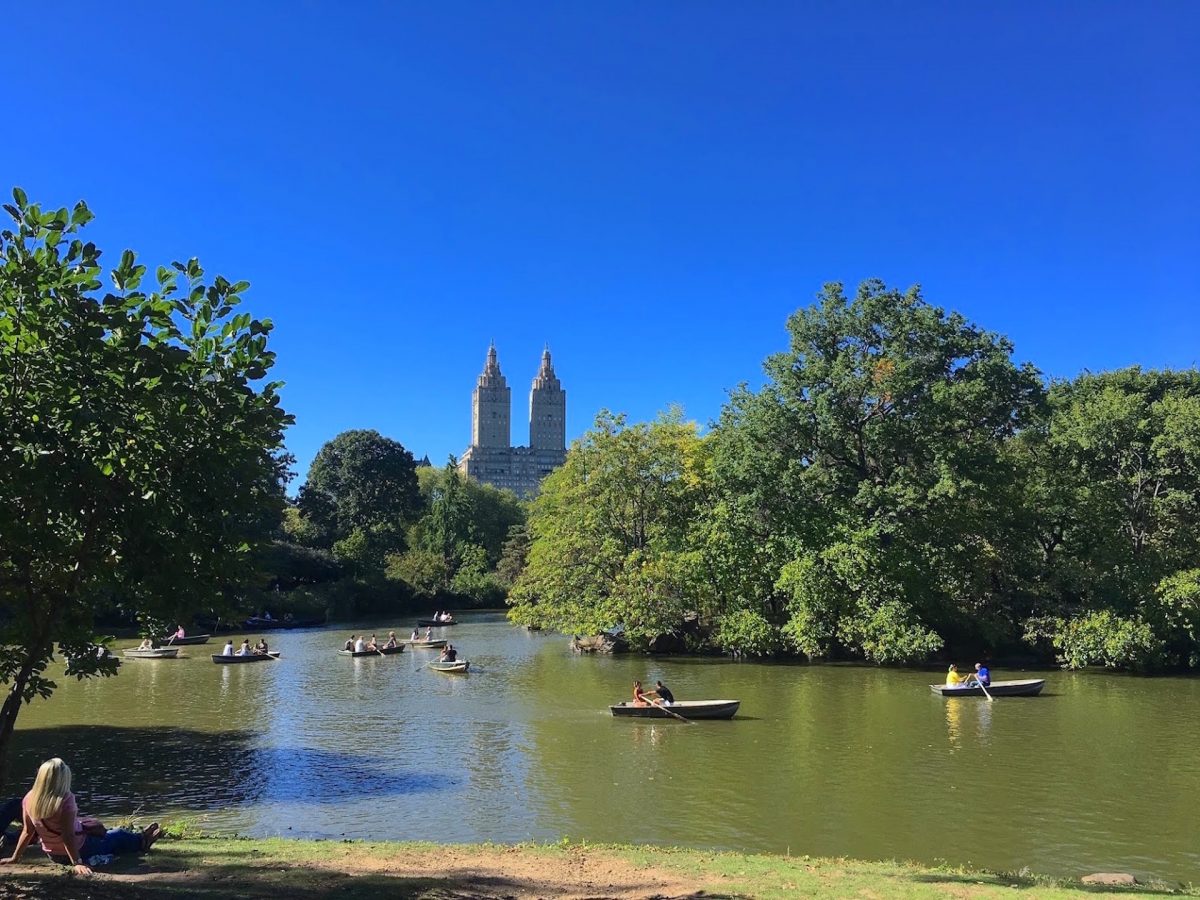
Photo from Pixabay
Manhattan weather conditions are volatile in summer, too. Average highs barely reach 30°C/86°F, while balmy days with high air temperatures reaching 25°C/77°F are quite common. However, heat surges, when the highs soar to 38°C/100°F, combined with high humidity will almost make you think of Sahara with nostalgia.
Come to think of it, maybe Manhattan climate is subtropical after all.
2.
The Best Seasons For Visiting Manhattan
Given the revealed parameters so far, it appears that spring and autumn are the best seasons for visiting downtown New York. Still, the statistics show much and reveal nothing at the same time in this regard.
March features average air temperatures between 2°C/36°F and 10°C/50°F in New York. Still, the weather remains unpredictable, and the snow may remind you of winter.
In April, cold intervals alternate with crisp periods. Still, air temperatures tend to soar over 25°C/77°F.
May is a month when you can have all four seasons. Some days may be cold, while others, with air temperatures rising over 30°C/86°F, are great for seeking shade among the skyscrapers throughout Manhattan.
Heat still lingers over Manhattan during September, with average temperatures fluctuating between 16°C/61°F and 24°C/75°F. If you’re OK with that, September should be the ideal month for a holiday here since the weather is relatively stable.
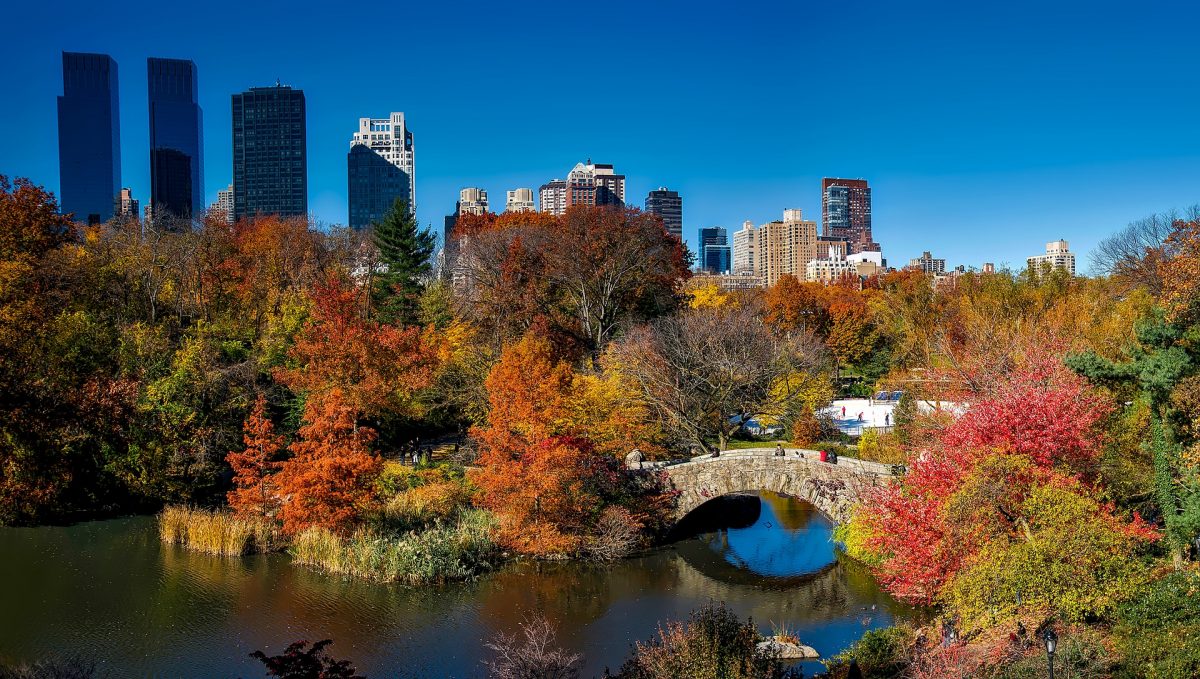
Photo from Pixabay
In October, it gets significantly cooler. Air temperatures vary from 10°C/50°F to 18°C/64°F, with the first half of the month considerably warmer than the second. In the second half of October, winter may already knock on the door.
In November, snows are a reality in Manhattan, while average air temperatures fluctuate between 5°C/41°F to 12°C/54°F. Daily lows tend to drop below the freezing point, so bring skates instead of inline skates.
So, the best time of year for visiting Manhattan, New York, is the first half of autumn. Regarding the weather, the month of April should be the second-best period for touring New York’s most popular island.
3.
A Small Matter Of Raining
If you like jumping in a puddle, Manhattan and New York will be dreamy destinations for you. In this regard, it is irrelevant when you will come since abundant rainfall is almost constant throughout the year.
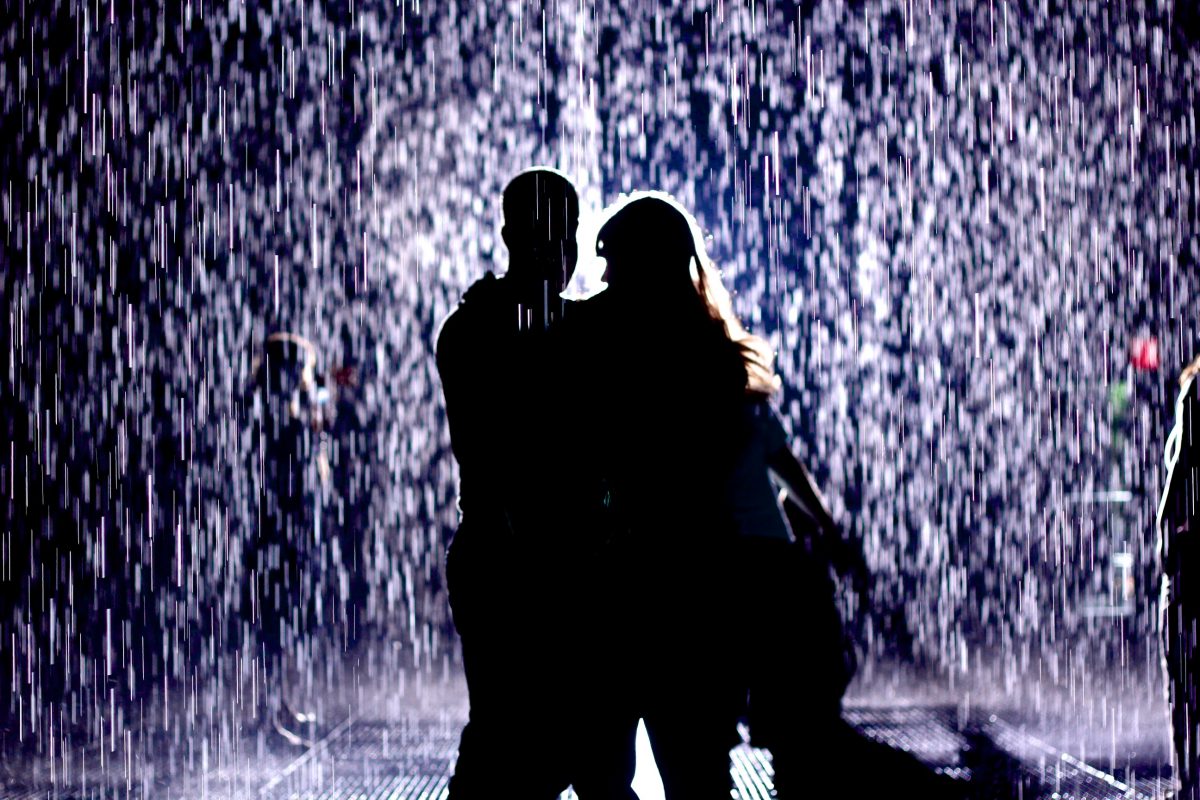
Photo by DJ Ecal on Flickr
Every month of the year features high precipitation over the island of Manhattan, so don’t spare on raincoats. Snows typically fall from November, even late October, to March. Therefore, leave room in your luggage for warm coats if you travel during this period.
The rest of the year, you need to deal only with thunderstorms and showers. Manhattan, New York, is wet throughout the year, accumulating around 100mm/3.9in of rainfall/snowfall per month. The average number of rainy/snowy days per month is 10, give or take a day or two.
4.
Packing Your Luggage For A Trip
You will have to travel to Manhattan heavily-packed regardless of the season. Okay, maybe you won’t have summer temperatures in winter and vice versa, but all other possibilities are quite real.
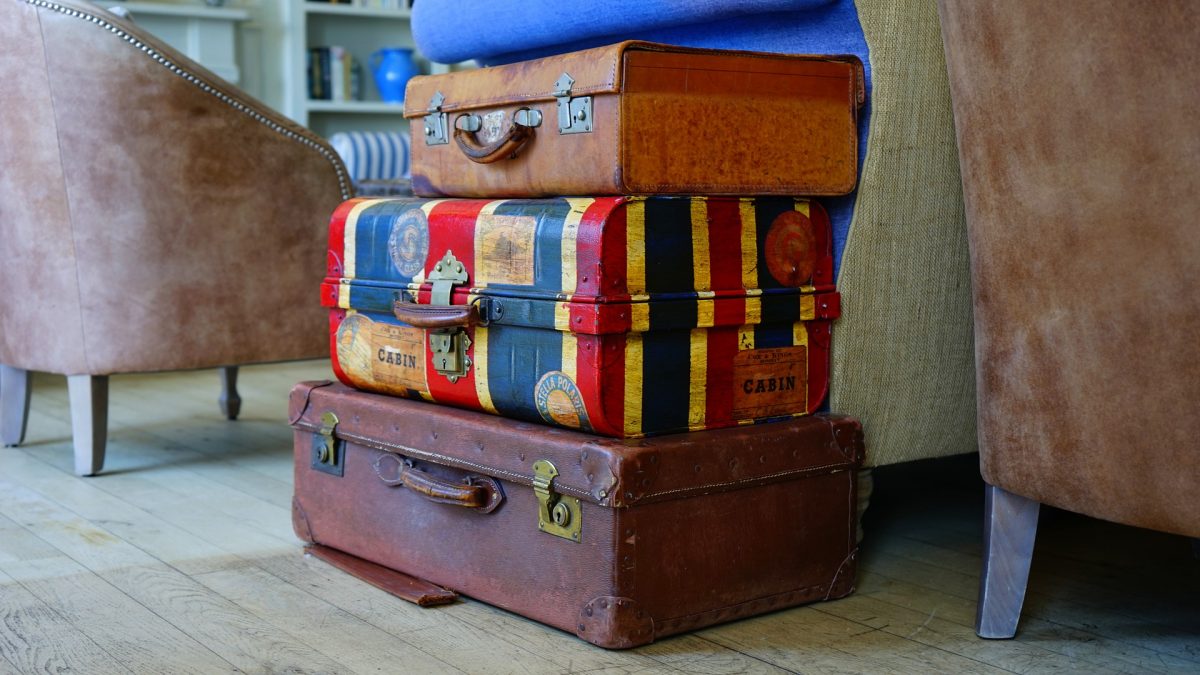
Photo from Pixabay
For a winter trip to Manhattan Island, pack warm and waterproof coats, gloves, and layered clothing. Comfortable boots with enough room for your feet in woolen stockings are also a must.
Considering surprising and dramatic drops of temperature, you may also appreciate having thermal underpants and underskirts.
Spring calls for layered clothing so you can keep yourself either warm or comfortable, depending on the whims of Manhattan climate. Raincoats are mandatory equipment, while waterproof boots for jumping in a puddle are a welcome addition.
Leave an umbrella at home since you won’t have much use of it because of strong winds this time of year. The same is true for shirts with short sleeves and shorts, at least until the end of spring.
In summer, feel free to replace sweaters for swimsuits if you wish to swim in July and August. Still, keep a pullover about, you might need it for an early-morning jog in Central Park.
For the rest of the day, shorts, short-sleeved shirts, footwear with closed toes, and a few layers of clothing will do. Of course, don’t forget a light raincoat, and you may even bring an umbrella since summer winds are tame.
By coming to Manhattan in early autumn, the summer outfit minus swimsuit will keep you feeling comfortable. In October, start replacing shorts and short-sleeved shirts with long pants and sweaters. November is the time for a warm jacket and layered clothing.
Have I mentioned raincoats?
Things To Do In Manhattan In Winter
Visiting Broadway theatres and Manhattan museums seems to be just the thing for winter.
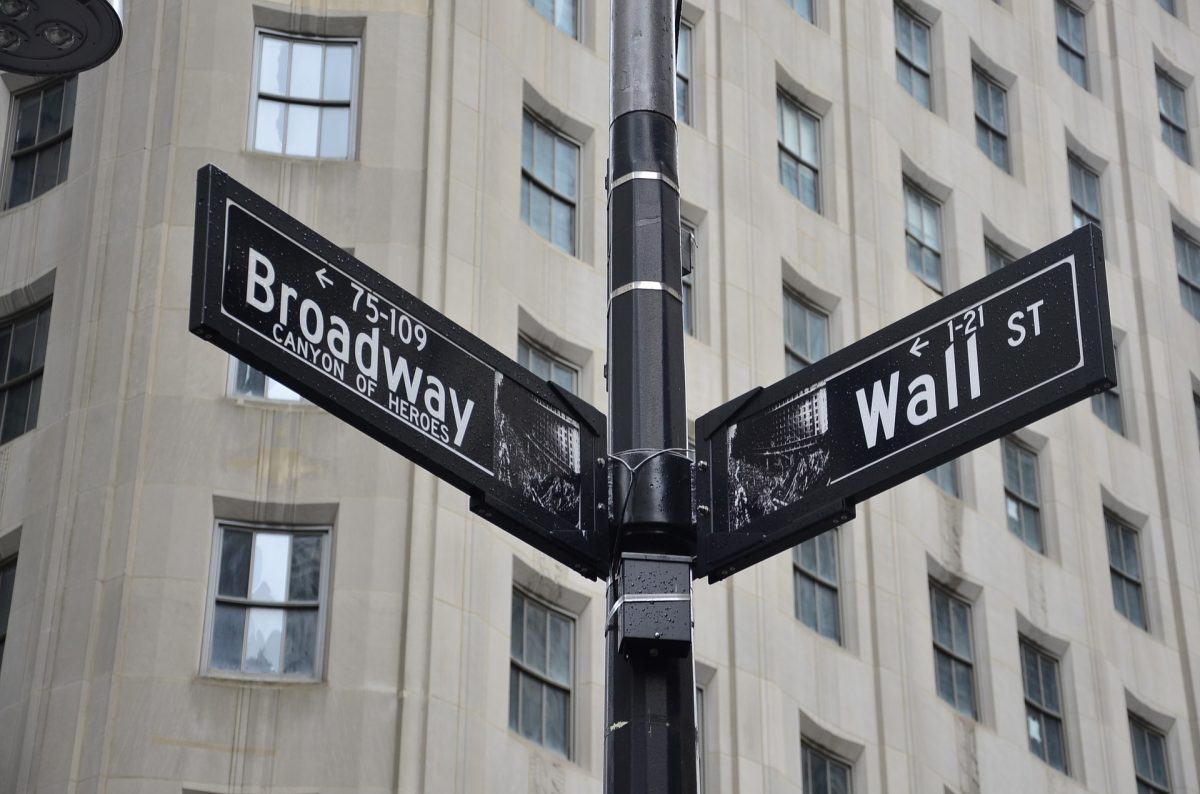
Photo from Pixabay
Currently, there are 41 Broadway theatres scattered throughout Manhattan, staging musicals for visitors of all ages. If you’re a budget hunter, try to secure “rush tickets” as soon as the ticket office opens.
Getting from the beginning of the American Museum of Natural History to the end is quite a challenge. And not only because the museum spans four blocks.
Prepare for quite a trek for the collection of the Natural History Museum consists of dozens of millions of exhibits relating to the underwater world, space, and everything in between.
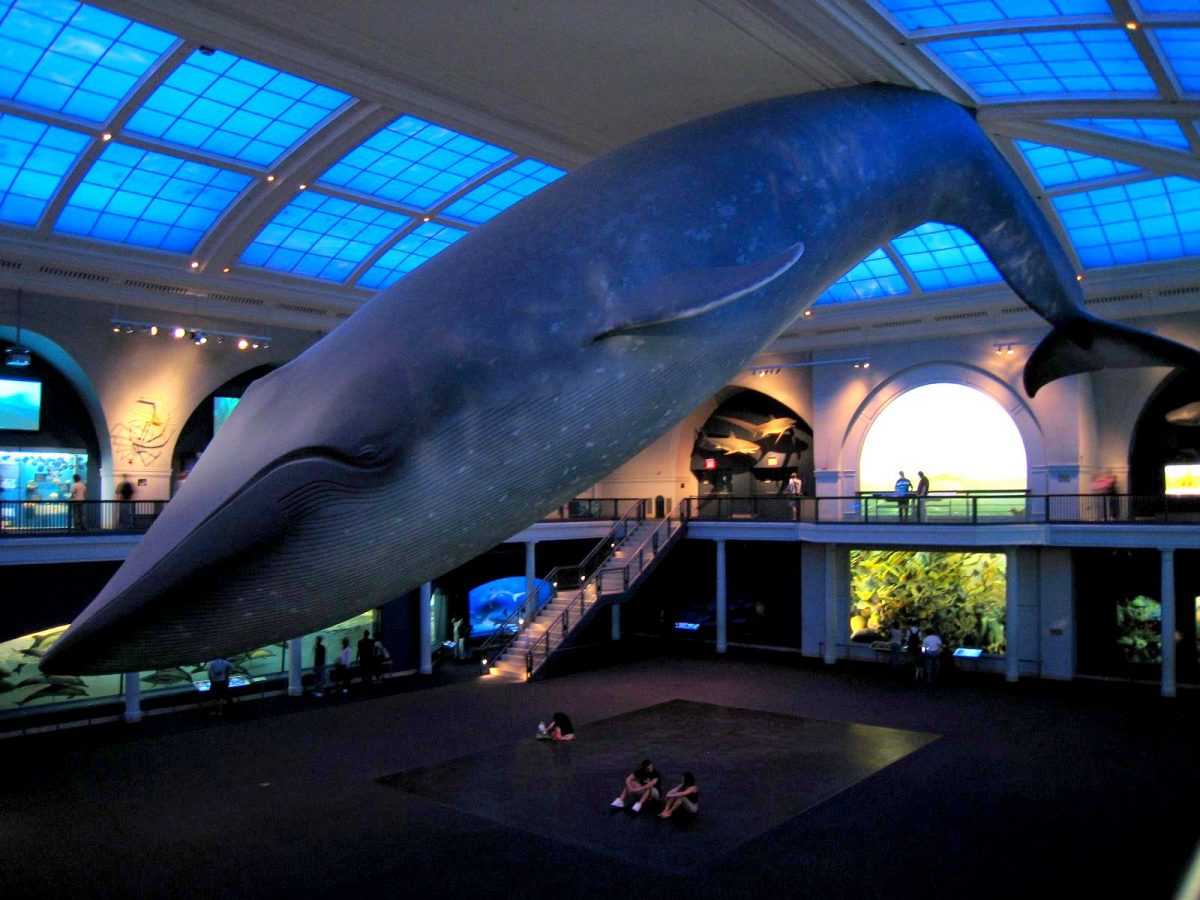
Photo by Travis Wise on Flickr
Compared to the Natural History Museum, the Metropolitan Museum of Art, the popular Met, is a dwarf. With “only” two million works of art, it gives an overview of the history of art since the ancient Egyptian times.
As a holder of the ticket, you can also visit the Cloisters, and the Met Breuer, a modern art museum, on the same day if you’re quick enough.
Spring In Central New York
Spring seems an ideal time for holidaying in Manhattan, especially if the New York Knicks have reached NBA playoffs. Madison Square Garden is the iconic home of the famous basketball club.

Photo by Andres Alvarado on Flickr
You may also join a guided tour of the venue that reveals many interesting things. Among others, you’ll learn how the basketball court transforms itself into a skating rink of the NY Rangers hockey club.
Witnessing spring awakening in Central Park is one of the top Manhattan activities. Young visitors should attend puppet shows at the Swedish Cottage. Free discovery walks suitable for preschoolers, grannies and everyone in between, take place in Conservatory Garden.
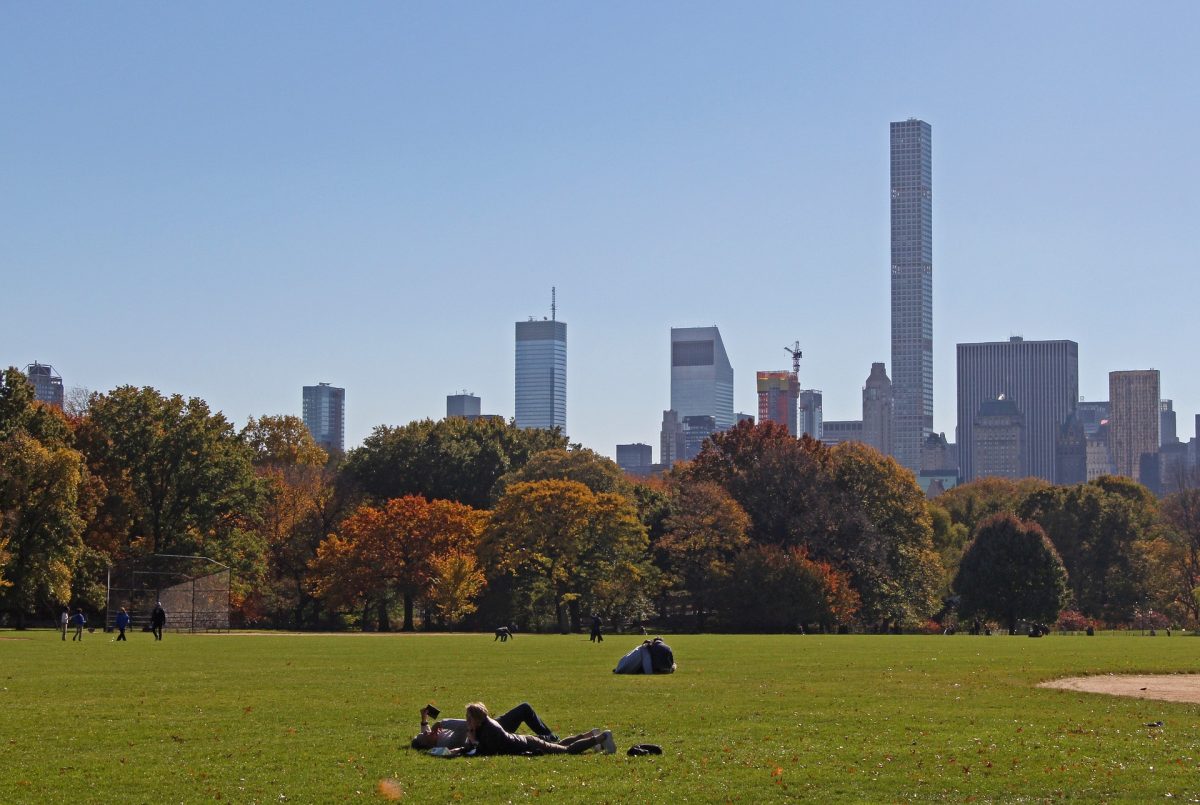
Photo from Pixabay
Grand St. Patrick’s Day Parade takes place on Fifth Avenue on March 17, unless it falls on a Sunday.
Summer In Manhattan Island, New York
Cooling in the waters around Manhattan is a valid option in July and August. Swimming in June is just for those who have outstanding internal heating or a swimsuit made of waterproof fur.
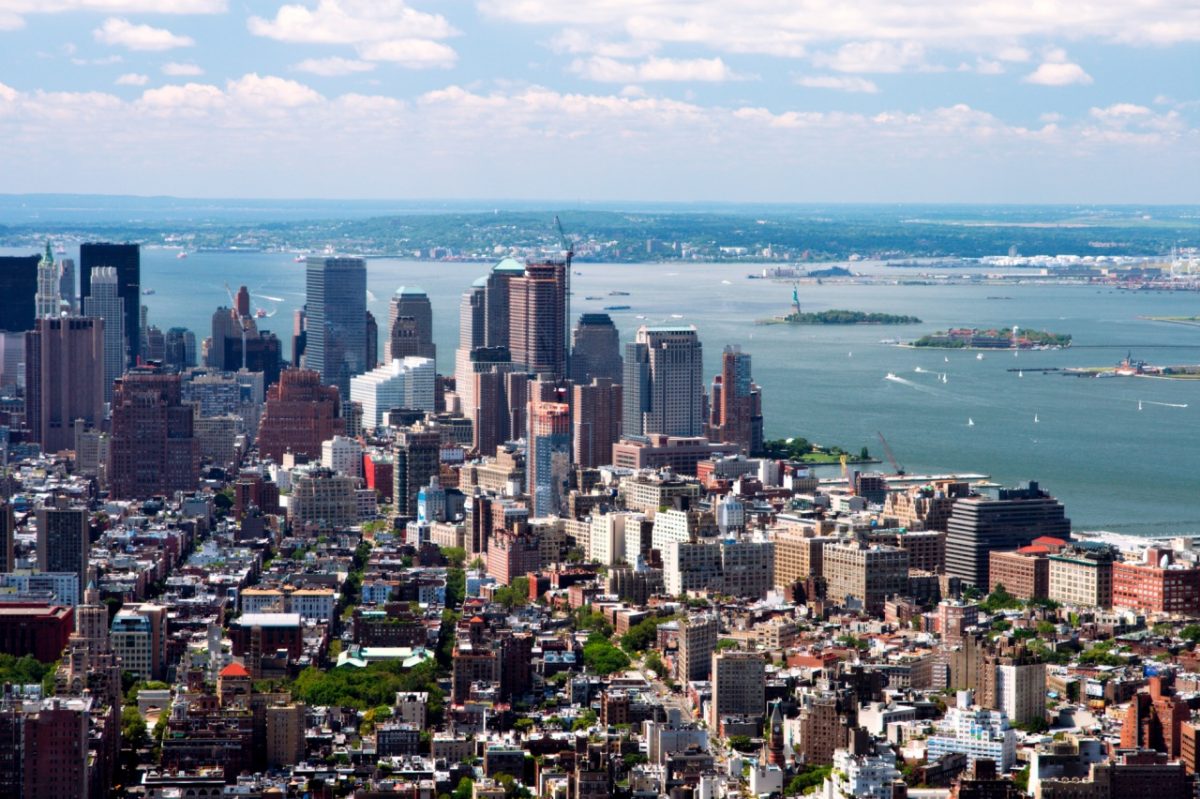
Photo by Matthias Rosenkranz on Flickr
To escape the summer heat, take an elevator ride to the top of one of the skyscrapers to admire the city panorama. Empire State Building and the Chrysler Building are suitable candidates for vertigo experience.
Still, the 540-meter (1,770-foot) high One World Trade Center dwarfs both of them.
8.
Top Autumn Activities In Downtown New York
For an aerial view of Manhattan, join the ride onboard Roosevelt Island Aerial Tram. The tram takes you from downtown New York to Roosevelt Island over the East River and hustling and bustling Big Apple.
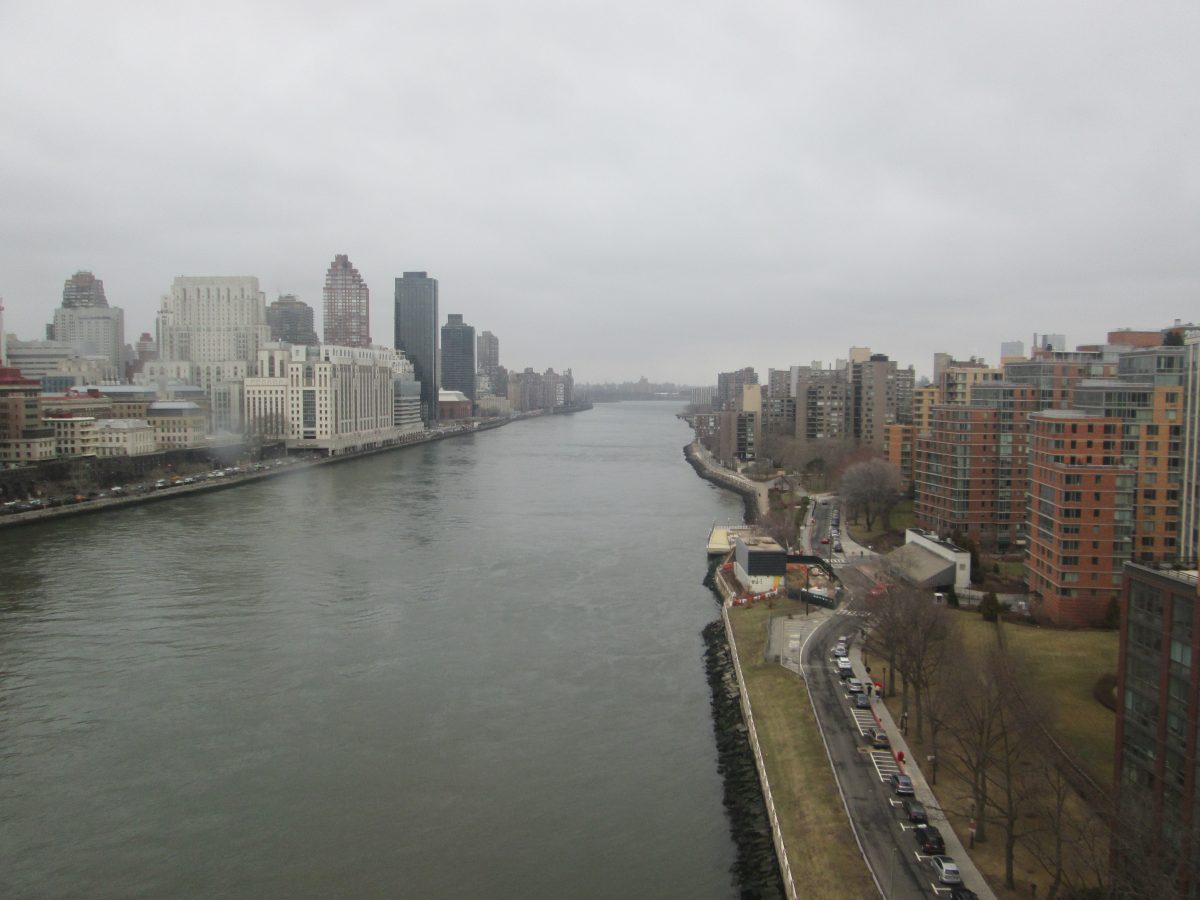
Photo by Rachel Bickley on Flickr
By the end of autumn, returning to Manhattan museums seems a great idea. Museum of the City of New York reveals the city’s development through a series of photos, maps, personal items, and theatrical memorabilia among other exhibits.
Manhattan Weather Recap
Considering the unstable nature of Manhattan weather, perhaps it’s no wonder why so many stores, international eateries, first-class theatres, and prestigious museums sprout around.
If dealing with unpredictable weather makes you nostalgic about southern regions, maybe sunny Miami, or Palm Springs in Californian desert, will be more to your liking.
Keep your travel plans organised whilst in Manhattan with these travel journals!

